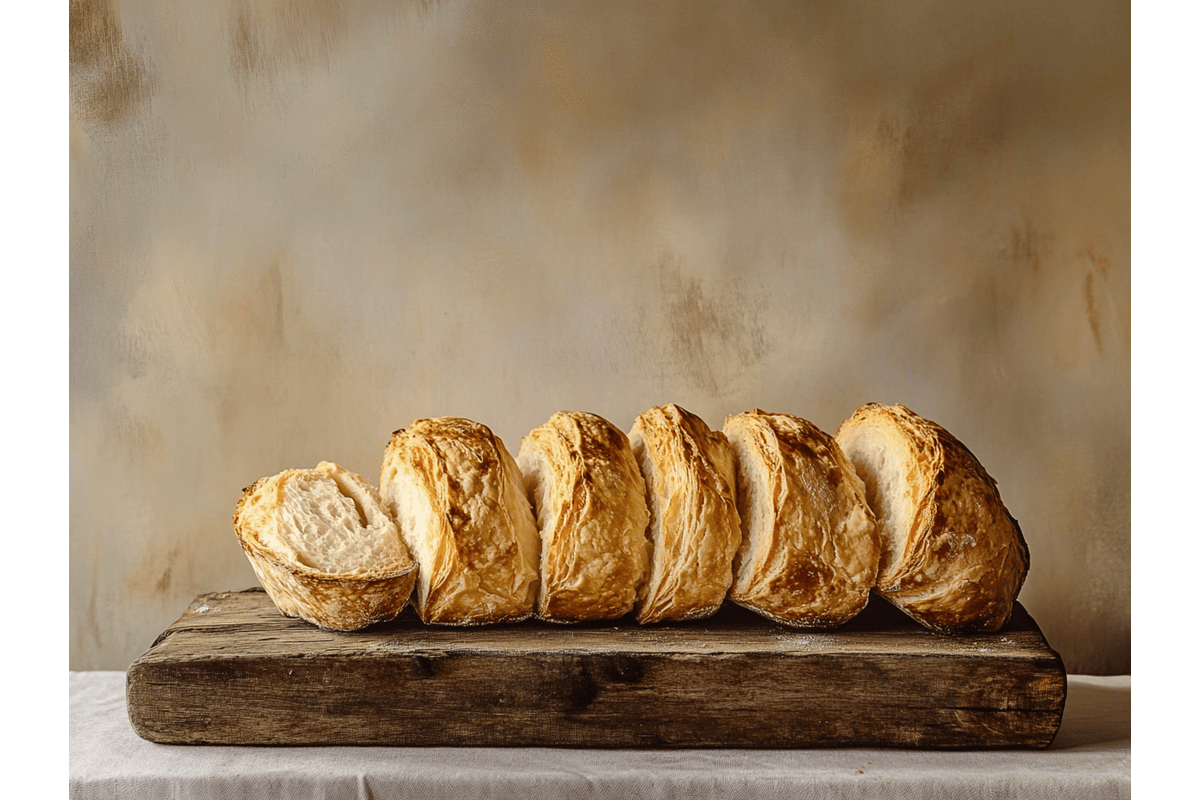The Magic of Homemade Gipfeli
Gipfeli recipe lovers know there’s nothing quite like the aroma of freshly baked Swiss pastries filling the kitchen. These crescent-shaped delights, a staple in Swiss bakeries, strike the perfect balance between crisp and tender, flaky yet slightly firm. Unlike their French cousin, the croissant, Gipfeli contains less butter but still delivers that irresistible golden crunch. Whether enjoyed with a dollop of jam, a spread of butter, or as a savory treat, these pastries make every breakfast or afternoon tea extra special.
Making Gipfeli at home might seem like a daunting task, but with the right technique and a bit of patience, you can create bakery-quality results in your own kitchen. The beauty of this Swiss classic lies in its versatility—sweet or savory, plain or filled, there’s a Gipfeli for every craving. And let’s be honest, nothing beats the satisfaction of pulling a batch of golden, flaky pastries out of the oven, knowing you made them from scratch.
In this ultimate guide, we’ll dive deep into what makes Gipfeli so unique, explore the secrets to achieving that perfect texture, and walk you through a step-by-step recipe. You’ll also discover pro tips, creative variations, and answers to commonly asked questions. So grab your rolling pin and let’s get baking—your homemade Gipfeli adventure starts now!
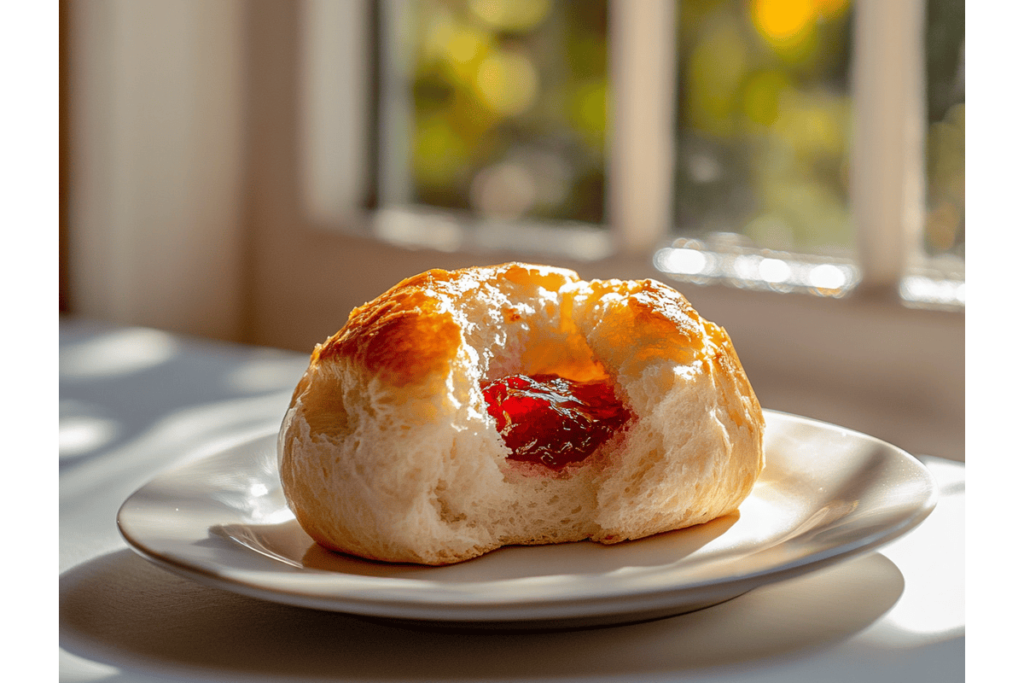
What Makes Gipfeli So Special?
The Swiss Delight: What is a Gipfeli?
When it comes to delicious pastries, the Swiss Gipfeli holds a cherished spot in every bakery lover’s heart. Often compared to its French cousin, the croissant, Gipfeli is less buttery yet still boasts that sought-after flaky texture. It’s the perfect blend of light and crisp, making it a versatile choice for both sweet and savory cravings. Whether you’re indulging in a plain Gipfeli with a hot cup of coffee or enjoying it filled with rich almond paste, this pastry delivers a delightful taste experience every time.
The Unique Texture and Flavor Profile
Unlike traditional croissants, Gipfeli has a slightly firmer texture, making it easier to enjoy without a crumbly mess. The dough is less rich in butter but maintains that beautiful layered structure. This balance allows the pastry to be light yet satisfying, with just the right amount of crunch on the outside and a tender interior that pairs perfectly with spreads like jam or honey.
A Staple in Swiss Bakeries
Walk into any Swiss bakery, and you’ll find an assortment of Gipfeli proudly displayed alongside other local treats. These pastries are more than just a breakfast item—they’re a part of daily Swiss life. From early morning commuters grabbing a quick bite to families enjoying a leisurely weekend brunch, Gipfeli remains a beloved choice across generations.
The Historical and Cultural Significance
Rooted deeply in Swiss culture, Gipfeli has been enjoyed for centuries. Its name, derived from the German word “Gipfel,” meaning “summit,” reflects its crescent shape resembling a mountain peak. Unlike the French croissant, which symbolizes the Islamic crescent, Gipfeli lacks political or religious symbolism, making it a purely culinary delight. This pastry has evolved over time, incorporating regional variations like the Mandelgipfel, filled with almond paste, or the rustic Bauern Gipfeli, made with whole wheat flour.
The Ultimate Gipfeli Recipe: How to Make It at Home
Traditional Gipfeli Recipe: Step-by-Step Guide
Creating your own Gipfeli at home might seem intimidating, but with this easy-to-follow recipe, you’ll be baking like a Swiss pro in no time!
Ingredients:
- Flour – 500g (all-purpose)
- Sugar – 50g
- Salt – 1 tsp
- Yeast – 7g (instant)
- Warm milk – 250ml
- Cold butter – 200g (for lamination)
- Egg – 1 (for egg wash)
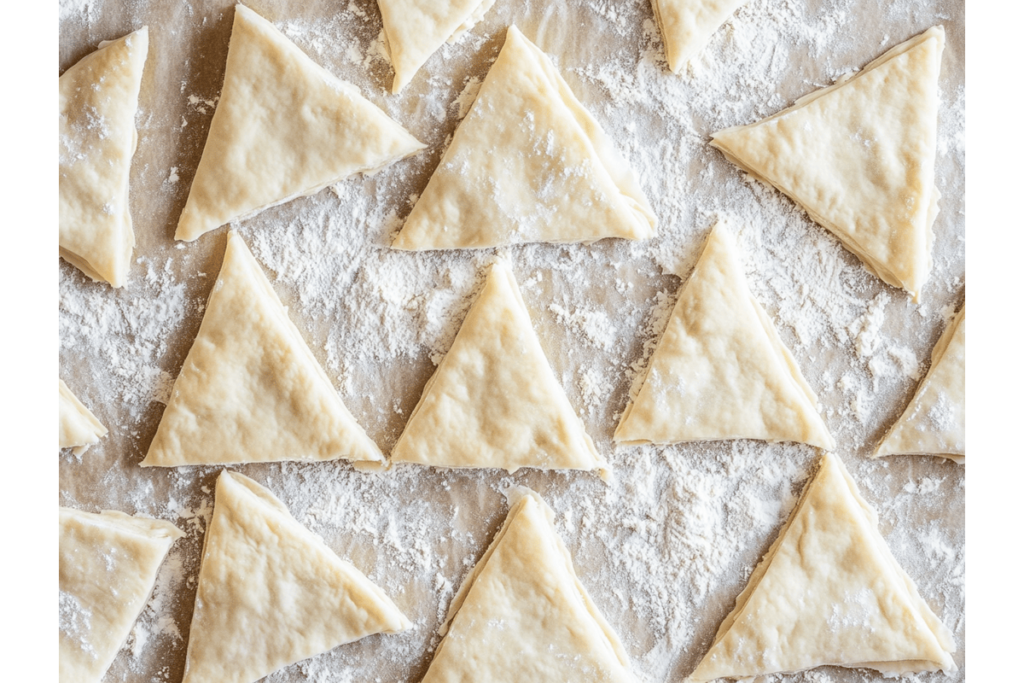
Step-by-Step Instructions:
- Mixing the Dough: In a large bowl, combine flour, sugar, salt, and yeast. Gradually add warm milk while stirring until a dough forms. Knead for 5-7 minutes until smooth.
- First Rise: Cover the dough with a damp cloth and let it rise for 1-2 hours, or until doubled in size.
- Incorporating Butter: Roll out the dough into a large rectangle. Place thin slices of cold butter over two-thirds of the dough. Fold the unbuttered third over the middle and then the remaining third on top (like folding a letter).
- Folding & Rolling: Rotate the dough 90 degrees, roll out again, and fold as before. Chill for 30 minutes. Repeat this process two more times to create flaky layers.
- Shaping the Gipfeli: Roll the dough into a rectangle, cut into triangles, and roll each from the wide end to form crescent shapes.
- Final Proofing: Place the Gipfeli on a baking sheet, cover, and let them rise for another 30-45 minutes.
- Baking: Preheat your oven to 200°C (392°F). Brush the Gipfeli with beaten egg and bake for 15-18 minutes or until golden brown.
- Cooling & Serving: Allow the Gipfeli to cool slightly before serving. Enjoy with butter, jam, or your favorite spread!
Nutritional Information (per 100g):
| Nutrient | Amount |
|---|---|
| Calories | 350 kcal |
| Carbohydrates | 45g |
| Proteins | 7g |
| Fat | 15g |
| Saturated Fat | 9g |
| Sugar | 5g |
| Fiber | 2g |
Crafting your own Gipfeli is an art that brings the warmth of Swiss bakeries right into your home. Follow these steps, and you’ll have a batch of golden, flaky delights ready to impress family and friends!
Tips for Making the Perfect Gipfeli
Ingredient Selection Tips
Choosing the right ingredients is the first step to mastering the Gipfeli recipe. Since Gipfeli relies on a delicate balance of flavors and textures, even small variations in ingredients can make a noticeable difference.
- Flour Matters: Use high-quality all-purpose flour for a light yet structured dough. If you prefer a rustic touch, substitute 25% of the flour with whole wheat flour for a nutty flavor.
- Butter is Key: Opt for European-style butter with at least 82% fat content. This creates richer layers and prevents excessive water content from softening the dough.
- Fresh Yeast for Better Rise: Although dry yeast works well, fresh yeast delivers a more pronounced depth of flavor. If using fresh yeast, double the amount listed in the recipe.
- Milk Temperature: Make sure the milk is warm but not too hot (around 40°C or 104°F) to activate the yeast without killing it.
Common Mistakes to Avoid
Even experienced bakers can make errors when preparing Gipfeli. Avoid these pitfalls to ensure a flaky, golden-brown result:
- Overworking the Dough: Kneading too much will develop excessive gluten, making the pastry tough instead of light and airy.
- Skipping the Chilling Time: The dough must rest between folds to allow the butter to firm up. Skipping this step results in butter melting into the dough instead of forming distinct layers.
- Rolling Too Thin: If the dough is rolled out too thin before shaping, the final pastries won’t have the ideal texture. Aim for about 5mm (¼ inch) thickness before cutting into triangles.
- Baking at the Wrong Temperature: A Gipfeli should be baked at a high temperature (200°C / 392°F) to ensure a crisp exterior while keeping the inside tender.
Suggestions for Enhancing Flavor
Although the classic Gipfeli recipe is already delightful, adding a few tweaks can elevate its taste to another level.
- Add a Hint of Citrus: Grating a small amount of lemon or orange zest into the dough adds a subtle, refreshing twist.
- Incorporate Spices: A pinch of cinnamon or nutmeg can enhance the sweetness, especially if making a dessert version.
- Infuse with Vanilla or Almond Extract: Just a teaspoon of either extract can bring a lovely depth of flavor.
- Brush with Honey or Maple Syrup: For a glossy, slightly caramelized crust, lightly brush the baked Gipfeli with honey or maple syrup while still warm.
For more expert baking tips, explore our comprehensive pastry guide to refine your baking techniques!
Variations and Customizations
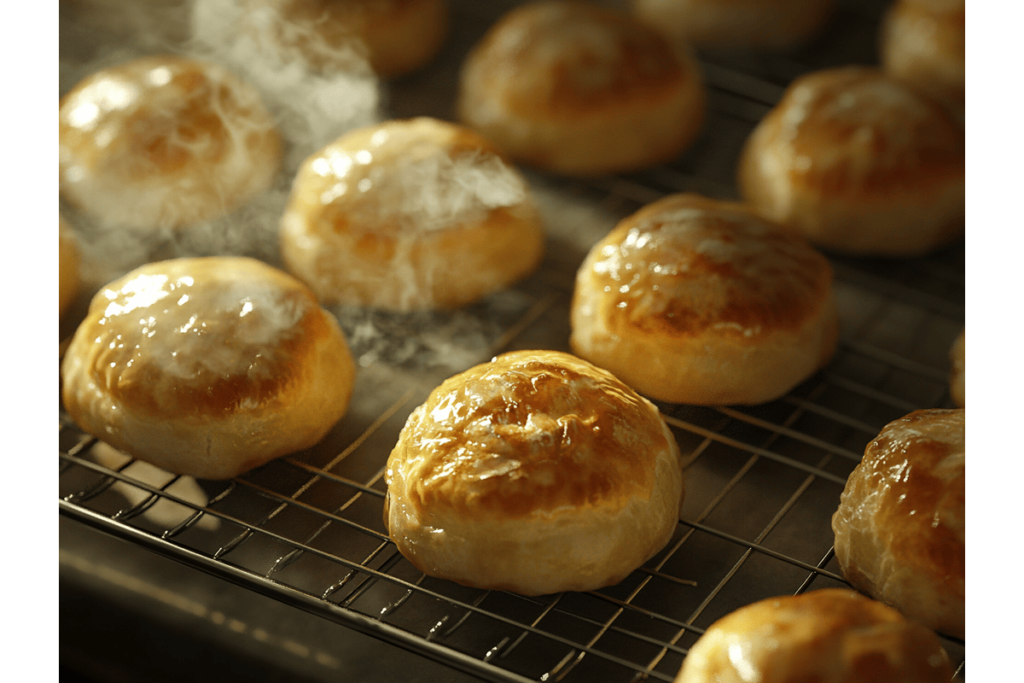
Substitutions for Specific Ingredients
Dietary restrictions or ingredient shortages shouldn’t stop you from enjoying homemade Gipfeli. Here are some easy substitutions:
- Dairy-Free Alternative: Use plant-based butter (such as vegan margarine) and replace milk with almond or oat milk.
- Egg-Free Version: Skip the egg wash and instead use a mix of plant milk and maple syrup for a golden finish.
- Gluten-Free Modification: Swap all-purpose flour with a gluten-free flour blend containing xanthan gum for elasticity.
Regional or Cultural Adaptations
Gipfeli is a versatile pastry with different variations across Switzerland and beyond.
- Mandelgipfel: This version features a sweet almond filling wrapped in the dough and topped with slivered almonds for extra crunch.
- Bauern Gipfeli: A more rustic variation, this one uses whole wheat flour and sunflower seeds, giving it a hearty texture.
- Chocolate Gipfeli: Simply add chocolate chips inside the rolled dough before baking for a sweet surprise.
- Savory Gipfeli: Fill the dough with cheese, ham, or spinach and feta for a satisfying savory option.
Dietary Modifications (Gluten-Free, Vegan, etc.)
Creating a Gipfeli recipe that suits different dietary needs is easier than you think.
- Vegan Version: Use dairy-free butter, plant milk, and skip the egg wash. A mix of coconut oil and maple syrup works well for glazing.
- Low-Sugar Option: Reduce the sugar by half or replace it with monk fruit sweetener for a lower-calorie version.
- Protein-Packed Gipfeli: Add 1-2 tablespoons of protein powder to the flour mixture for an extra protein boost.
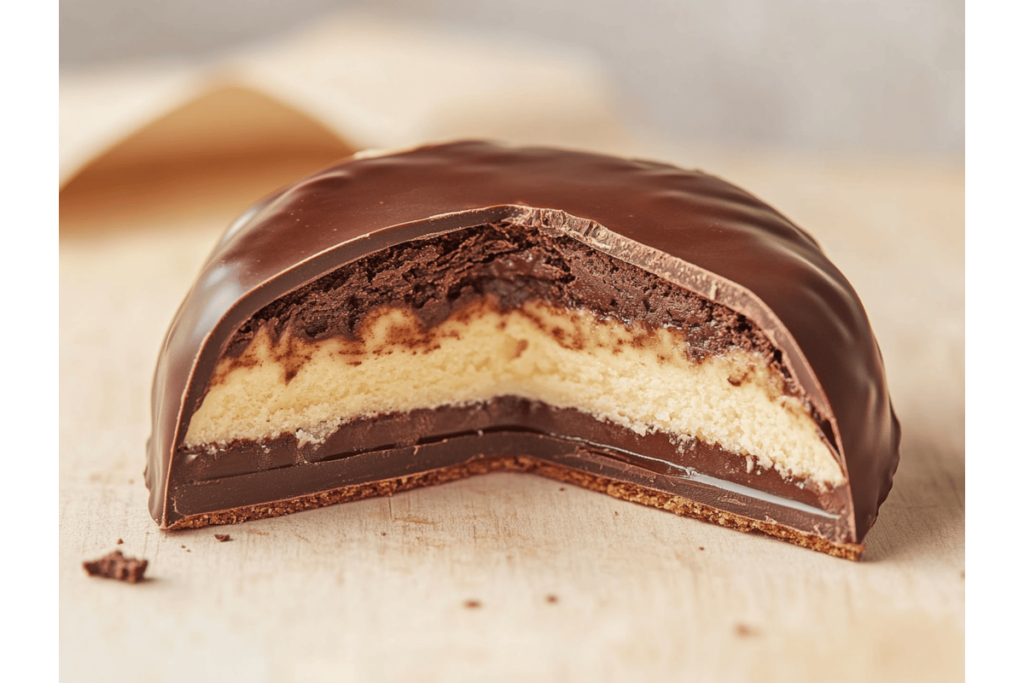
FAQs About Gipfeli
What is the difference between a croissant and a Gipfeli?
At first glance, a Gipfeli might look like a croissant, but there are key differences between the two. Croissants are known for their rich, buttery layers, achieved through multiple folds of butter into the dough. In contrast, a Gipfeli is less buttery, making it slightly firmer and drier. This texture makes Gipfeli less crumbly, allowing them to hold fillings better and stay crisp longer. Additionally, croissants tend to have a more complex folding and proofing process, while Gipfeli is slightly easier to make at home.
What is a Mandelgipfel?
A Mandelgipfel is a delicious variation of the classic Gipfeli, featuring an almond-flavored filling. The dough is often enriched with almond paste or ground almonds, giving it a nutty taste and slightly chewy texture. Some versions are topped with slivered almonds for an added crunch. This sweet variation pairs beautifully with coffee or hot chocolate, making it a favorite breakfast or dessert option in Switzerland.
What is the recipe for Mangria?
While unrelated to the Gipfeli recipe, Mangria is a fruity cocktail that combines red wine, brandy, and citrus juices. It is a fun twist on traditional sangria, popularized by comedian Adam Carolla. Though it doesn’t have any direct connection to Swiss pastries, a chilled glass of Mangria could be an interesting pairing with a sweet-filled Gipfeli!
What is the Thunderbrew recipe?
Thunderbrew is a fictional beverage from the World of Warcraft universe. Although not connected to Swiss pastries, the name has gained attention due to its presence in gaming culture. If you’re looking for a beverage to complement your homemade Gipfeli, a rich, foamy cappuccino or a Swiss hot chocolate would be much more fitting!
Bake Your Own Swiss Masterpiece
Baking a homemade Gipfeli is a rewarding experience, filling your kitchen with the comforting aroma of golden, flaky pastries. With the right ingredients, a little patience, and the tips provided in this guide, you can recreate this Swiss classic in your own home. Whether you prefer it plain, filled with almonds, or even with a savory twist, there’s a Gipfeli recipe for every taste.
The best part? You don’t need to be a professional baker to succeed. By following the step-by-step instructions, avoiding common mistakes, and experimenting with flavors, you’ll soon be enjoying your very own bakery-quality Gipfeli.
So why not give it a try? Gather your ingredients, roll out that dough, and enjoy the satisfaction of making a traditional Swiss pastry from scratch. And if you do, don’t forget to share your creations—we’d love to hear how your homemade Gipfeli turned out!
For more delicious and healthy recipes, explore our collection here.

